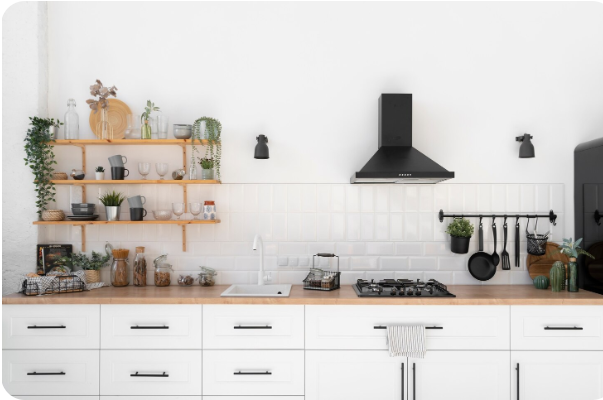
The Digital Transformation of a Swedish Giant: IKEA Online
The name IKEA is known globally as a synonym for practical furniture, affordable prices, and the unique shopping experience within its massive stores. For many years, a visit to an IKEA store was an experience in itself, starting with navigating the labyrinthine aisles, grabbing a quick meal of Swedish meatballs, and finally loading large flat-packed boxes into your car. However, as global shopping habits shifted, IKEA had to adapt and transition from its traditional model to the digital world. IKEA Online has become not just an extension, but a fundamental part of its strategy, causing a major shift in how consumers access its products.
The move to online shopping was a significant challenge for a company the size of IKEA. How could a company that relies so heavily on the in-store customer experience succeed in the digital space? And how could it maintain the simplicity and ease of assembling furniture when it was delivered directly to the customer’s door? These questions prompted IKEA to rethink every aspect of its operations, from the design of its website to its delivery logistics.
1. The Seamless User Experience: From Browse to Checkout
One of the most important challenges IKEA faced in its digital journey was reinventing the shopping experience that customers were accustomed to in stores, but this time online. The IKEA Online platform was carefully designed to be intuitive and user-friendly. Customers can easily browse thousands of products, search for specific items, and filter results by color, size, or price.
But what truly distinguishes the IKEA Online experience is the integration of interactive tools that help customers make purchasing decisions. For example, augmented reality (AR) tools like the “IKEA Place” app allow customers to virtually place furniture in their rooms before buying. This revolutionary feature solved one of the biggest problems with online furniture shopping: the fear that a product wouldn’t fit the space or decor. The checkout process is also simple and secure, with multiple payment options to meet different customer needs.
IKEA’s logistics have always been a complex operation, relying on self-storage and customer transport. With IKEA Online, however, home delivery became a vital component. This required a huge and robust logistics network. IKEA invested heavily in upgrading its infrastructure to ensure products are delivered to customers as quickly as possible.
This strategy includes building new distribution centers, developing inventory management systems, and partnering with third-party delivery companies to increase efficiency. IKEA Online also offers flexible delivery options, such as standard delivery, express delivery, and even a “Click & Collect” option that allows customers to order online and pick up products from the nearest store or collection point. These diverse options give customers more control and flexibility in their purchasing experience.
3. The Synergy of Physical Stores and the Online Platform
Despite the significant expansion of IKEA Online, IKEA has not abandoned its physical stores. On the contrary, it has integrated the two experiences to create what is known as an “Omnichannel Experience.” Stores are now considered support centers for the digital platform, where customers can see products in person before purchasing them online, or use planning and design services inside the store.
The physical store acts as a tangible point of contact for the brand, where customers can interact with experts, try out products, and even attend workshops. At the same time, IKEA Online works to expand the brand’s reach, giving customers in remote areas or those who prefer to shop from home the opportunity to access its products. This synergy between the physical and digital worlds is what distinguishes IKEA’s modern strategy and makes it a leader in its field.
4. The Future Outlook of IKEA Online
With the increasing reliance on online shopping, IKEA looks to the future with more ambitious strategies for its digital platform. IKEA Online is expected to see further developments in areas such as personalizing the shopping experience, using artificial intelligence to analyze customer behavior and offer personalized suggestions.
There is also an increasing focus on sustainability, with IKEA seeking to integrate features that allow customers to buy and sell used furniture online, promoting the concept of a circular economy. IKEA also plans to expand its services, such as assembly and installation upon delivery, to make the purchasing process even easier for customers. The future of IKEA Online is not just about selling furniture, but about providing integrated solutions for the modern home, strengthening its position as a leading brand in the world of decor and design.
In conclusion, the story of IKEA Online is a shining example of how a giant company can transform from a traditional business model into an influential digital force. IKEA has proven that success in the digital age requires not just having an online platform, but a complete rethinking of the customer experience, from the first mouse click to the last piece assembled at home. By skillfully integrating its physical stores with its digital platform, IKEA has been able to create a comprehensive business model that combines the best of both worlds.






